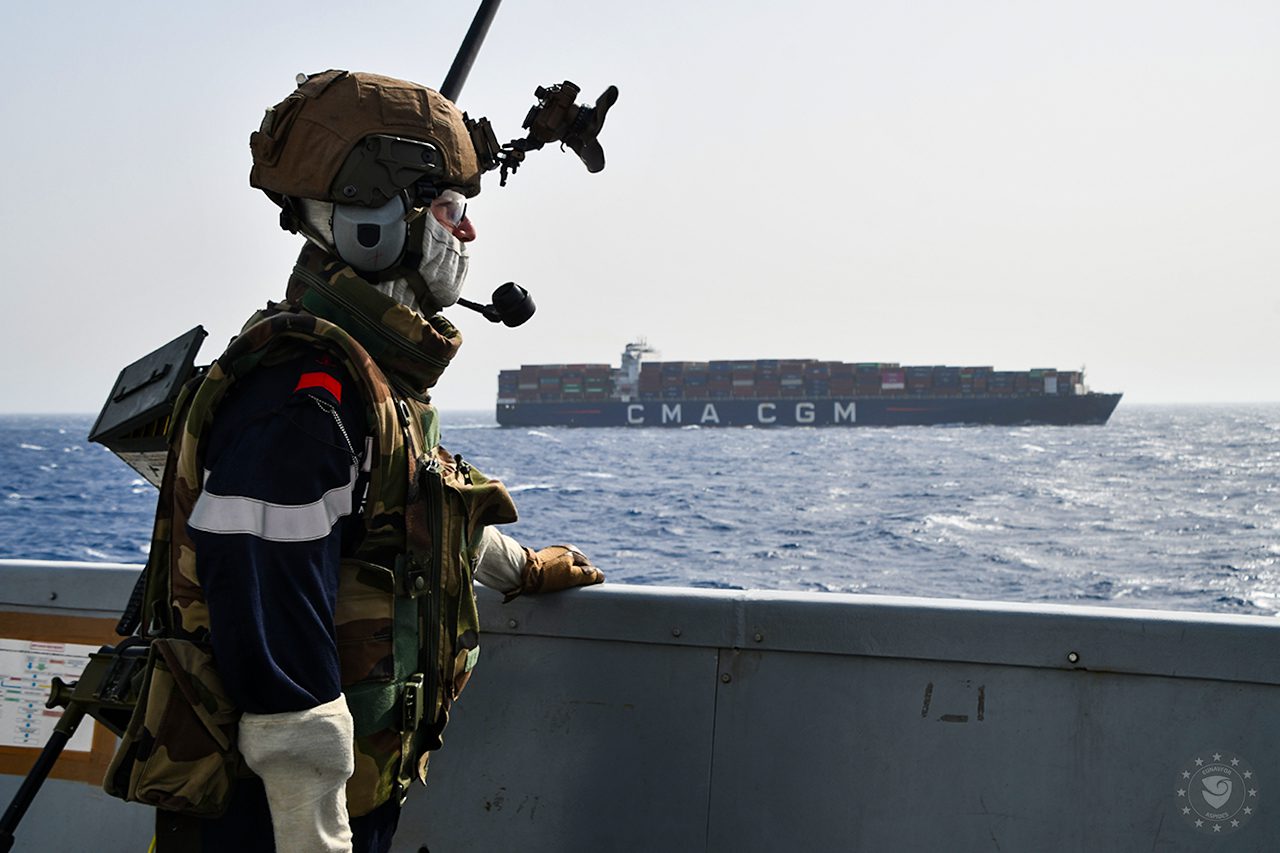Suez Canal Reports Biggest Recovery in Vessel Traffic Since Red Sea Crisis Began
Suez Canal Sees Surge in Vessel Traffic

The Suez Canal Authority has reported a remarkable recovery in vessel traffic, marking October as the highest month for returning ships since the onset of the Red Sea crisis. Chairman Admiral Ossama Rabiee highlighted that 229 vessels transited the canal last month, attributing this positive trend to enhanced regional stability following the Sharm El-Sheikh Peace Summit. This resurgence comes after a significant decline in traffic due to Houthi attacks that had previously rerouted many vessels around the Cape of Good Hope.
Traffic Recovery and Infrastructure Improvements
Recent statistics reveal a promising trend for the Suez Canal, with a total of 4,405 vessels transiting from July to October 2025, compared to 4,332 during the same period in 2024. The total tonnage also increased from 167.6 million tons to 185 million tons, reflecting a year-over-year growth. This recovery follows a drastic 60% drop in traffic due to security concerns in the Red Sea and Gulf of Aden, which had forced many shipping lines to seek alternative routes.
In response to these challenges, the Suez Canal Authority has undertaken significant infrastructure enhancements, including the Southern Sector Development Project and the deepening of the 17-kilometer western branch of Port Said. This development now provides an efficient alternative route during emergencies, further bolstering the canal’s operational capacity.
Industry Perspectives and Future Outlook
Industry leaders are expressing cautious optimism about the canal’s recovery. CMA CGM’s CEO, Tariq Zaghloul, emphasized the strategic importance of the Suez Canal, stating, “There is no alternative to the Suez Canal.” The company has resumed operations under the protection of the EU’s Operation ASPIDES, signaling a renewed commitment to the region. Similarly, Maersk’s representative, Omar Garbo, reaffirmed the company’s intention to increase investments in Egypt, following discussions between Maersk Chairman Robert Uggla and President Abdel Fattah El-Sisi.
Despite these positive developments, challenges persist. Abdel Aziz Nabil from Inchcape Shipping Agency pointed out that high marine insurance costs remain a significant barrier, delaying the return of several shipping lines to the canal. To address this, the Authority is actively seeking to attract a broader range of vessels, including oil tankers and LNG carriers, which can adapt more quickly to changing schedules.
Admiral Rabiee concluded the recent meeting by inviting shipping lines to conduct trial voyages through the canal, reflecting the Authority’s confidence in the security situation. Industry observers suggest that collaboration with the International Maritime Organization on risk classification and marine insurance premiums will be essential for sustaining this recovery in the months ahead.
